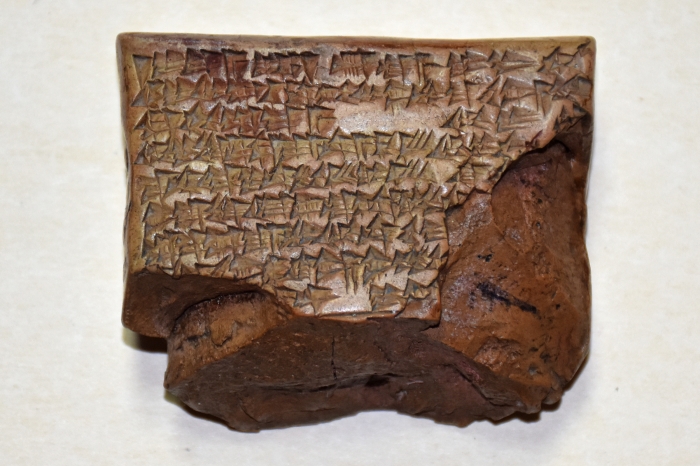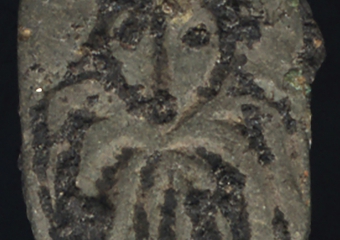Original cuneiform tablets 3 thousand years old from Babylon are exhibited in the Archaeological Museum of Burgas

"The Voices of Babylon: Cuneiform Tablets from the Lost Civilization" is the name of the latest exhibition that you can see in the coming months at the Burgas Archaeological Museum (ul. "Al. Bogoridi" 21). The valuable exhibits are provided by the Historical Museum - Kotel.
The clay tablets with cuneiform writing from the 6th century BC. Hr. were donated to the library-museum in Kotel by Petar Mateev, who is known as one of the greatest benefactors of the Revival town. The clay tablets are 5 in number, of different sizes, and on them are written important financial documents for their time.
The archive of the Babylonian family of Egibi includes about 1700 clay tablets that document the financial activities of the family in the period from 606 to 482 BC. BC, when Babylon was part of the Neo-Babylonian Kingdom, and later of Achaemenid Persia. The archive spans five generations and contains information on the trade in dates, grain, real estate, slaves, as well as on lending and paying taxes. The tablets describe in detail the individuals and their family ties. The earliest tablet is dated to 547 BC. B.C., and the latest from 536 BC. Hr.
Cuneiform writing is the earliest known writing system in the world. It first appeared more than 3000 years ago. Hr. in Mesopotamia, and more precisely – in the lands of present-day southern Iraq. On freshly formed clay tiles, symbols in the form of vertical, horizontal and oblique wedges were applied, and subsequently the tiles were dried or fired. The instrument used to "write" was a pen made of reeds or other material – it was later known as a stylus. The ancient scribes, due to the specifics of their occupation, were deeply respected and enjoyed high social prestige as guardians of wisdom and knowledge preserved in the texts. And here is the path of the cuneiform tablets from the ancient city of Nineveh to the museum in Kotel.
In 1876, Petar Mateev, a Bulgarian from Kotel, participated in an archaeological expedition to the Middle East under the leadership of George Smith, a famous archaeologist, whose work changed the ideas about the ancient culture of Babylon and Assyria.
George Smith (1840-1876) was born in London and became famous for reading the Epic of Gilgamesh, which confirmed the biblical accounts of the Flood. After the discoveries in the city of Nineveh, Smith led new expeditions to find missing parts of the text. In 1876 he came to Constantinople to obtain permission for excavations and there he met Petar Mateev.
Petar Mateev (1850-1943) has an interesting biography. He is one of the most famous erudite, patriotic Bulgarians. Public figure, journalist, contributor to many European and Bulgarian publications. He comes from an old Kotel Revival wealthy family. He received his education in his hometown, and later studied at the Protestant College of Malta and worked in the English post office in Constantinople. Mateev accepted Smith's proposal, but was warned by the English consul that as a Bulgarian he might encounter difficulties with the authorities, subsequently he changed his name to Peter Mathewson in order to present himself as an English subject.
After receiving the sultan's firman, Smith and Mateev set off on a journey in which they discovered Hittite inscriptions. Along the way, they explore the cultural and social features of the region and locals. When they reached Baghdad, the situation became more complicated due to riots and they decided to go back. On the way, Smith fell ill and died in the city of Aleppo. Mateev successfully returned to Constantinople and left behind the cuneiform tablets, which are very rare and are kept in the Kotel Museum. His travelogue and autobiography are valuable historical sources that document the importance of Bulgarian contributions to world archaeology.
We invite all residents and guests of the city to experience the achievements of two men who, despite the differences in origins and cultures, leave a significant imprint in the history of archaeology. The museum is open from Monday to Saturday, with opening hours from 9:00 to 17:00.



Comments
comments powered by Disqus